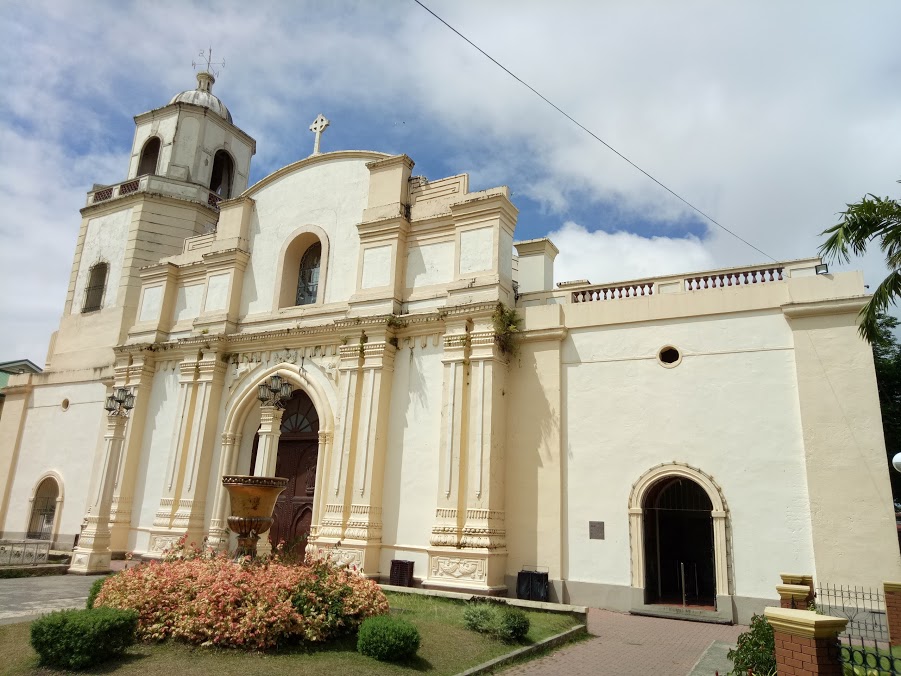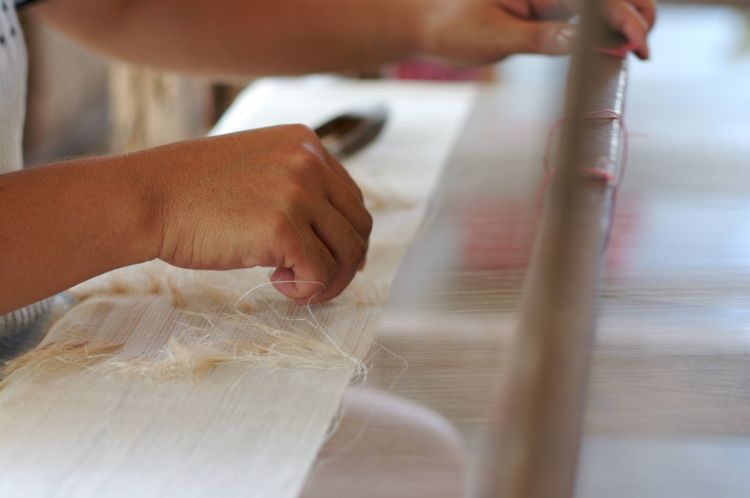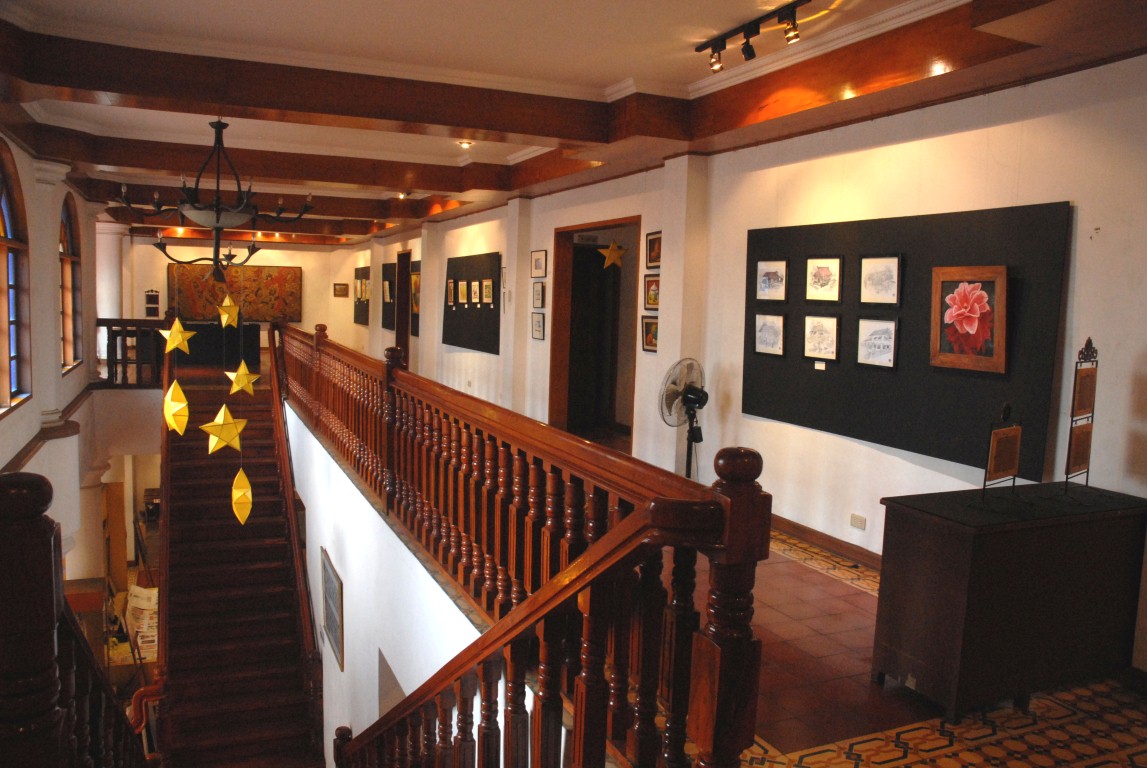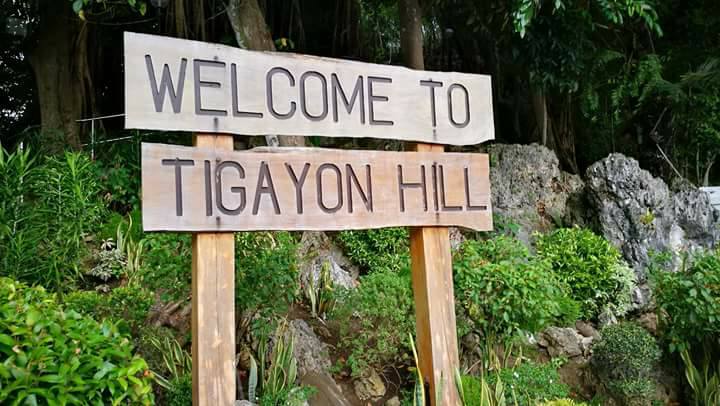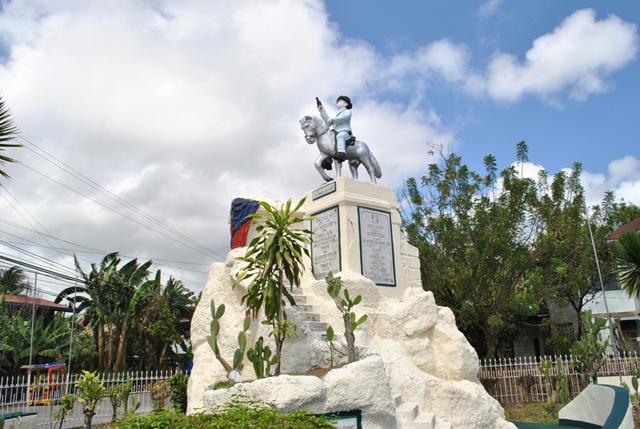Kalibo, Aklan
The term Kalibo comes from the Aklanon word sangkâ líbo, ("one thousand"), reputedly the number of native Ati who attended the first Catholic Mass celebrated there. Kalibo was originally spelled as Calivo.
The town of Kalibo was originally called Akean by the inhabitants, similar to the name of the river nearby. The word akean itself connotes the warbling of running waters, from the root word akae, meaning "to boil". Akae-akae means "to bubble" or "to boil" or "to make the sound of bubbling or boiling" in the Aklanon language.
The Spaniards interchanged the names Aklan and Calivo to refer to the town. Aside from these two, other names such as Calibo, Daclan, Adan, and Calibog have been used.
When Miguel López de Legazpi arrived in 1569, he discovered that the town had around 2,000 inhabitants, so he recruited 500 of them to help conquer the rest of the Philippines. On November 3, 1571, it became an encomienda and on April 22, 1581, the town became a parish under the Augustinians. During the Spanish era, Kalibo was part of Capiz.
On March 23, 1897, the Nineteen Martyrs of Aklan were executed by the Spanish colonial government for their role in the Philippine Revolution.
The town was affected by World War II.[further explanation needed] On November 8, 1956, the province of Aklan was officially inaugurated, and Kalibo became its capital.
The town of Kalibo was originally called Akean by the inhabitants, similar to the name of the river nearby. The word akean itself connotes the warbling of running waters, from the root word akae, meaning "to boil". Akae-akae means "to bubble" or "to boil" or "to make the sound of bubbling or boiling" in the Aklanon language.
The Spaniards interchanged the names Aklan and Calivo to refer to the town. Aside from these two, other names such as Calibo, Daclan, Adan, and Calibog have been used.
When Miguel López de Legazpi arrived in 1569, he discovered that the town had around 2,000 inhabitants, so he recruited 500 of them to help conquer the rest of the Philippines. On November 3, 1571, it became an encomienda and on April 22, 1581, the town became a parish under the Augustinians. During the Spanish era, Kalibo was part of Capiz.
On March 23, 1897, the Nineteen Martyrs of Aklan were executed by the Spanish colonial government for their role in the Philippine Revolution.
The town was affected by World War II.[further explanation needed] On November 8, 1956, the province of Aklan was officially inaugurated, and Kalibo became its capital.

